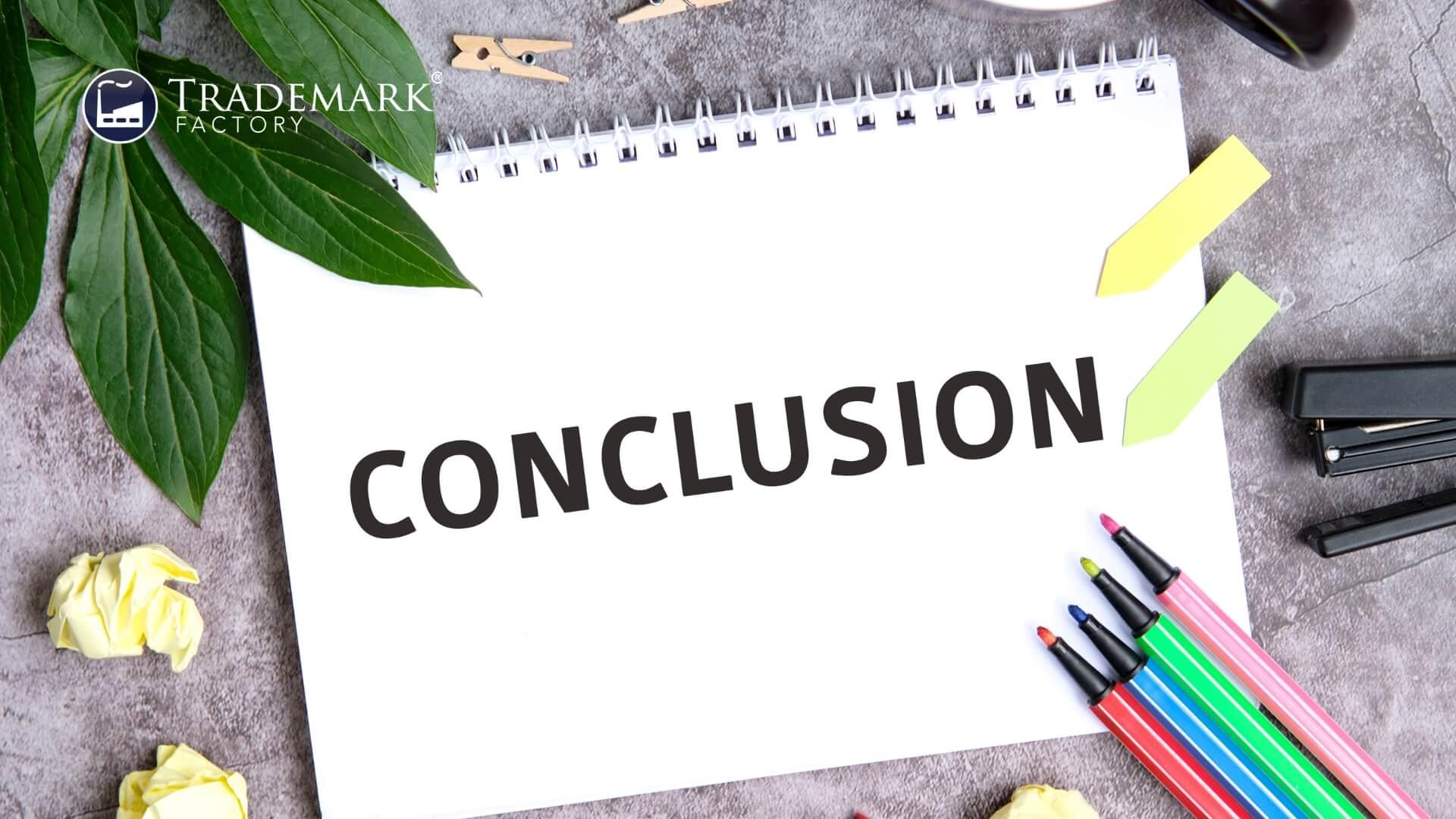Mastering Office Action Responses Strategies for Trademark Examination

This article explores the complexities of mastering trademark office action responses within the realm of trademark examination publication. It offers critical insight into understanding office actions and formulates effective strategies for response. With a profound comprehension of trademark laws and regulations, this study emphasizes the importance of meticulous attention to detail, while fostering a sense of belonging among practitioners in this intricate legal field.
Understanding the Contents of a Trademark Office Action

The discussion revolves around a systematic approach to comprehending office actions in trademark examination, from identifying raised issues to providing relevant legal arguments and case law. A critical phase involves meticulous research and the gathering of substantial evidence to bolster the ensuing response, which must be drafted with clarity and precision to address each issue effectively. The objective is not merely understanding and addressing examiner's concerns but also delivering persuasive argumentation backed by pertinent laws and regulations, ensuring a compelling counteraction against any objections raised.
Identifying the Issues Raised in an Office Action
Identifying the issues raised in a trademark office action requires a meticulous review of the examiner's objections or refusals, an analysis that forms the foundation for developing a strategic response. It involves understanding common office action issues and formulating strategies for effective response while avoiding common mistakes. The importance of thorough research cannot be overstated, as well as tips for addressing multiple issues efficiently. This trademark examination process paves the way towards researching and gathering evidence to support a response.
- Common Office Action Issues
- Likelihood of confusion
- Descriptiveness
- Strategies for Effective Response
- Clarification on points of contention
- Amendment proposals
Researching and Gathering Evidence to Support a Response
Meticulous investigation and collection of relevant data serve as a crucial step towards crafting a formidable rebuttal to issued objections or refusals. The importance of thorough research in response cannot be overstated, with effective ways to gather supporting evidence playing a vital role. Strategies for presenting researched evidence for responding to office action, utilizing expert opinions in response, and tips for organizing and structifying this evidence are key elements. Transitioning into the subsequent section, drafting a clear and concise response to an office action is considered next.
Drafting a Clear and Concise Response to an Office Action
Clarity and precision in communication emerge as crucial elements in the drafting response to office action of a rebuttal to issued objections or refusals. Effective communication, response strategies, concise drafting and clear addressing hinge on these elements. The process involves:
* Case law research:
* Discovering relevant precedents
* Applying findings to current case
This approach bolsters the argument's credibility. Adequate preparation sets the stage for tackling each objection raised in an office action.
Addressing Each Issue Raised in an Office Action
Addressing each issue in office action raised in a legal notice requires a systematic approach and detailed understanding of the concerns presented. Common mistakes in office action responses, strategies for effective communication, organizing evidence, analyzing examiner's arguments and tips for addressing multiple issues are all key aspects to consider. The subsequent discussion will delve into providing relevant legal arguments and case law to further enhance this process.
Providing Relevant Legal Arguments and Case Law
Incorporating relevant legal arguments for office action response and case law into the response process enhances its efficacy, providing strong foundations for each assertion made. This strategy involves:
- Analyzing precedents
- Utilizing case law
- Presenting legal arguments
- Incorporating relevant statutes
- Applying legal principles.
This comprehensive approach ensures a robust defence in any trademark examination. Following this, attention must be given to possible amendments or clarifications within the application.
Amending or Clarifying the Trademark Application
Amendments or clarifications within the application process after office action can be instrumental in mitigating potential legal obstacles and enhancing overall understanding. By amending trademarks and clarifying applications, response strategies can be optimized, leading to improved examiner understanding and necessary compliance adjustments.
Strategy
Impact
Amending Trademark
Mitigates Legal Obstacles
Clarifying Application
Enhances Understanding
Response Strategies
Optimizes Results
Examiner Understanding
Improves Compliance
Compliance Adjustments
Secures Approval
The subsequent section will delve into providing evidence of distinctiveness, a crucial aspect of successful trademark registration.
Providing Evidence of Acquired Distinctiveness
Having resolved application amendments, focus now shifts to 'Providing Evidence of trademark Acquired Distinctiveness' or secondary meaning. This critical phase involves tactful proof strategies to demonstrate the uniqueness and strength of the trademark. Indicators of distinctiveness, brand recognition, and market position influence constitute vital elements in this process.
* Proof Strategies:
* Demonstrating Uniqueness
* Showcasing Brand Recognition
* Influence of Market Position on Distinctiveness
Next is understanding how to adeptly navigate through refusals based on likelihood of confusion or descriptiveness.
Overcoming Likelihood of Confusion or Descriptiveness Refusals
Overcoming the likelihood of confusion or descriptiveness refusals in trademark office actions requires a comprehensive understanding of the underlying legal principles and adept application of relevant case law. Utilizing strategies for overcoming refusals, effective response techniques, evidence gathering tactics, legal arguments and case studies can significantly increase success rates. Adequate deadline management tips ensure timely responses. These topics segue into the importance of meeting deadlines for responding to office actions.
Meeting Deadlines for Responding to Office Actions
Timely adherence to set deadlines for trademark office action response for replies during the patent review process is a critical factor in ensuring an efficient and successful outcome. The importance of thorough research for office action responses cannot be understated, as it fosters effective communication.
* Strategies for organizing and prioritizing office action responses:
* Tips for managing multiple office action responses simultaneously
* Common pitfalls to avoid in office action response deadlines
The subsequent section will delve into embracing mastery in responding to trademark office actions.
Embracing Mastery in Responding to Trademark Office Actions

Embracing mastery in responding to trademark office actions necessitates a comprehensive understanding of the examination process, and the development of strategic skills for effective communication. This includes creating persuasive arguments founded on evidential support and employing time management strategies for success.
Strategies
Effect
Effective Communication
Enhances clarity
Persuasive Arguments
Increases persuasiveness
Evidential Support
Validates claims
Time Management
Ensures timely submissions
Frequently Asked Questions

What Are the Potential Costs Associated With Responding to an Office Action?
Potential costs associated with responding to an office action encompass cost estimation for legal advice, financial implications of documentation preparation, unforeseen expenses due to possible rejections, and budget planning for avoiding oversights.
Can I Hire a Legal Professional to Help Me Respond to a Trademark Office Action?
Legal assistance benefits are numerous when responding to a trademark office action. The importance of professional guidance lies in the trademark lawyer's role in simplifying the response preparation process, potentially impacting approval outcomes positively.
How Long Does It Typically Take to Respond to an Office Action?
The response timeline for office actions, typically six months, can be adjusted through expedited procedures or extension requests. Timing strategies are crucial to avoid deadline consequences in the trademark examination process.
Is There a Chance My Trademark Application Will Be Denied Even After Responding to the Office Action?
Despite effective responses and potential trademark amendments, application rejections remain possible after replying to an office action. Overcoming refusals often necessitates trademark appeals, underscoring the complexity of the trademark examination process.
What Happens if I Make a Mistake in My Response to the Office Action?
Errors in response to office actions can necessitate corrective measures, including additional paperwork. Such mistakes may impact timelines and increase rejection risks, underscoring the need for accuracy in dealings with trademark examination processes.
Conclusion

In conclusion, mastering responses to trademark office actions necessitates a profound understanding of the contents encapsulated within an Office Action. By applying detailed, persuasive strategies and maintaining compliance with trademark laws and regulations, furtherance in this mastery can be achieved. This discipline permits effective navigation through the complexities of the examination process, ultimately enhancing success rates for trademark applications.
Subscribe to Trademark Wednesdays, our weekly newsletter where we'll send fun and informative trademarking topics straight to your inbox.




